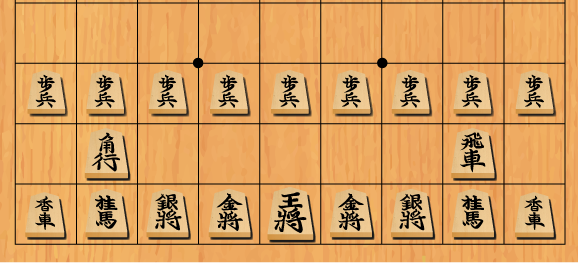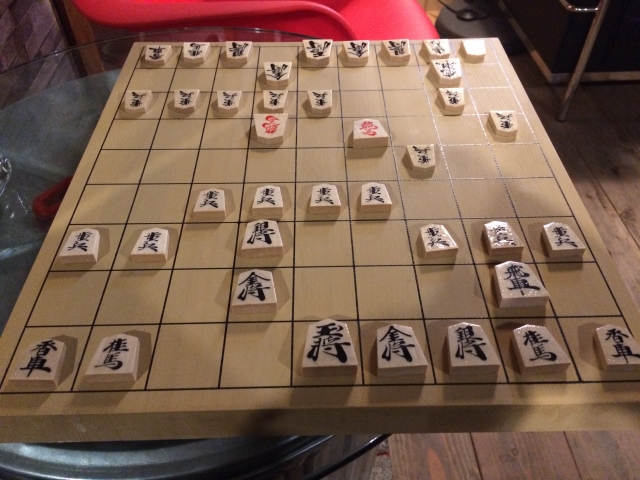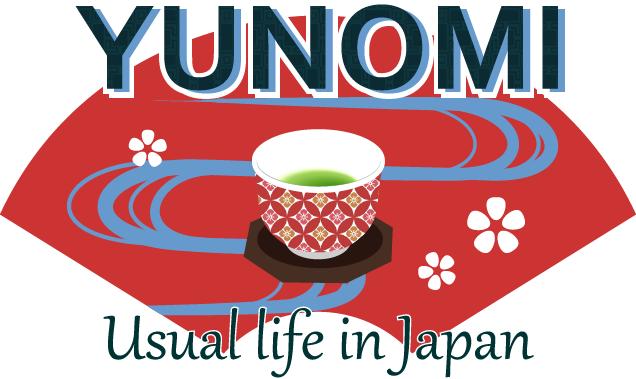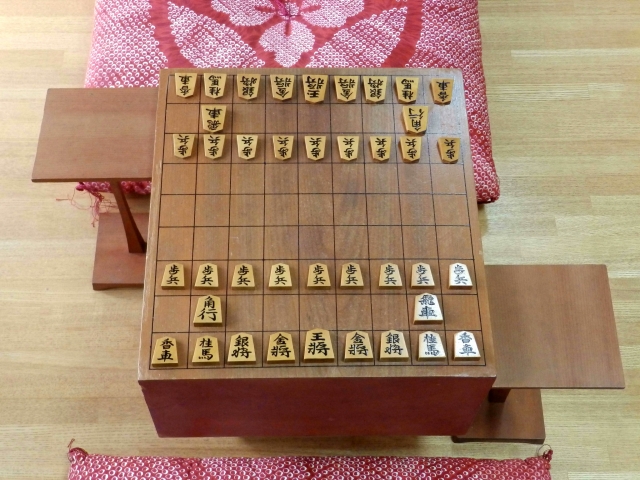Shogi, also known as Japanese chess, is a two-player strategy board game in the same family as Western chess.
The word “shogi” means “game of generals,” and the game has been played in its current form since the 16th century.
What makes shogi unique is the rule that allows captured pieces to be reused, giving the game incredible strategic depth.
A Brief History of Shogi
-
Shogi traces back to Chaturanga, an Indian board game from the 6th century.
-
Through China’s xiangqi, it eventually arrived in Japan.
-
The earliest written reference appears in Shin Saru Gakuki (1058–1064).
-
Archaeological finds from Kōfuku-Ji in Nara (1058) include 16 shogi pieces shaped much like today’s.
By the 16th century, shogi had taken its modern form, and it remains deeply rooted in Japanese culture.
Shogi Setup and Basic Rules

-
The game is played on a 9×9 board.
-
Starting lineup (left to right, back row): Lance, Knight, Silver General, Gold General, King, Gold General, Silver General, Knight, Lance.
-
The Rook and Bishop are placed in front of this row, and nine Pawns go in the third row.
-
The goal: checkmate the opponent’s King.
How the Pieces Move
-
King (玉/王): One square in any direction.
-
Rook (飛): Any number of squares vertically or horizontally.
-
Bishop (角): Any number of squares diagonally.
-
Gold General (金): One square forward, sideways, or backward (not backward diagonal).
-
Silver General (銀): One square forward or diagonally.
-
Knight (桂): Jumps two squares forward + one to the side.
-
Lance (香): Any number of squares forward.
-
Pawn (歩): One square forward.
Unique Features of Shogi
-
Drops: Captured pieces switch sides and can be reused by the capturing player.
-
Promotion: Pieces reaching the enemy camp (the last three ranks) can promote, gaining stronger moves.
These two rules make shogi unpredictable and full of comebacks.
Strategy and Tactics

Like chess, shogi games are divided into three phases:
-
Opening: Players build castles (defenses) and prepare attacks.
-
Middle game: Attempts to break through defenses while maintaining one’s own.
-
Endgame: Promoted pawns and dropped pieces often decide the match.
Shogi games often last 100+ moves, compared to around 80 in Western chess.
Winning a Game
-
Checkmate (tsumi): The King cannot escape capture.
-
Resignation: In practice, players resign when the situation is hopeless.
-
Rare endings: Repetition (sennichite) and impasse (jishōgi).
Shogi Etiquette
-
Bow before and after the game.
-
Resign politely by saying “makemashita” (“I lost”).
-
In professional play, no take-backs are allowed.
-
Courtesy and calm play are considered part of the game’s culture.
Why Try Shogi?
Shogi is simple to start but endlessly deep thanks to the drop rule.
It reflects Japan’s blend of strategy, patience, and respect.
👉 Would you like to challenge yourself with Japanese chess?

